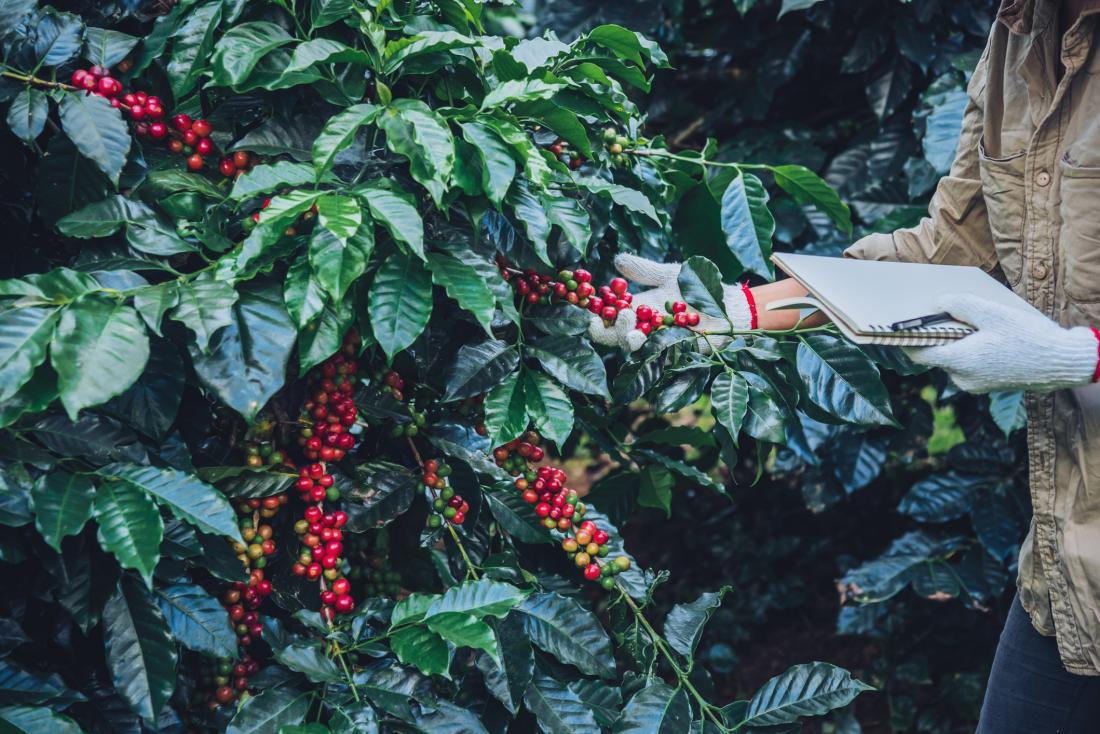 The study looks to repurpose the waste that coffee production creates.
The study looks to repurpose the waste that coffee production creates.Coffee is one of the world's most popular drinks. To produce coffee, only the bean itself needs roasting.
To reach the bean, growers remove the husk, which is a tough outer shell, and the silverskin, which is a thin skin that covers the seed.
They tend to leave the husks, in particular, in the field.
These abandoned coffee byproducts contain chemicals such as caffeine, tannins, and chlorogenic acid, which can be hazardous to the environment.
Manufacturers produce around 0.68 tons of green coffee waste to generate 1 ton of fresh coffee, so it makes sense to find ways to repurpose these byproducts.
Now, researchers at the University of Illinois at Urbana?Champaign are investigating whether or not some of this waste could be useful for its bioactive properties.

